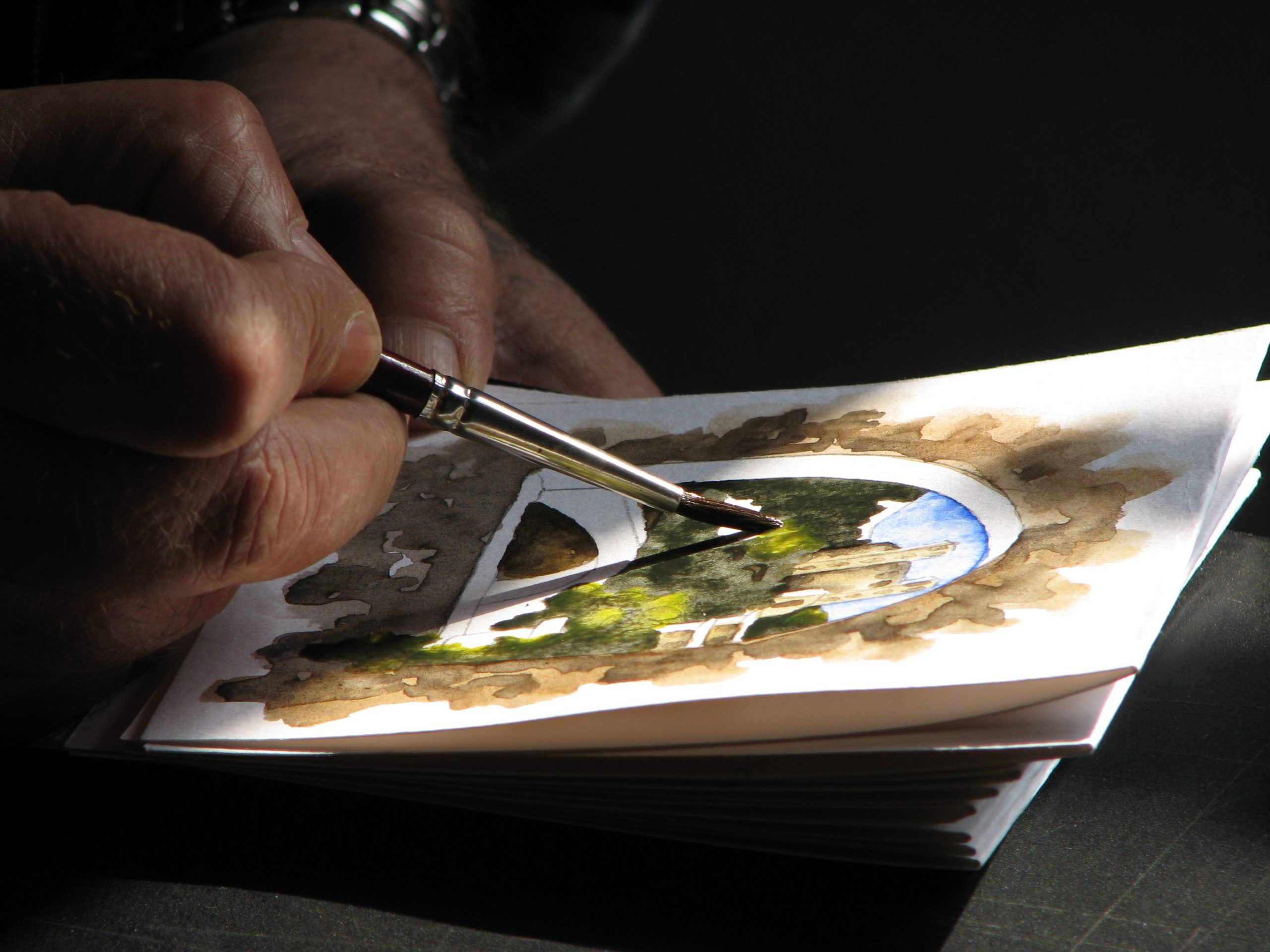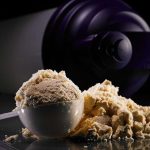Painting with watercolour is the kind of feel-good and meditative activity you can lose yourself in. It’s a beneficial hobby where you always have space for improvement. With enough practice, you can create art-gallery worthy paintings that you can use as your own home décor. It’s is a great way to decorate your home with beautiful art.
However, if you’re not experienced enough, watercolour painting can seem challenging to master. When you watch skilled artists paint, they make it seem easy and effortless, but the truth is that it takes a fair amount of practice, patience, as well as a good art supply kit to get to that point.
How To Choose the Right Painting Supplies?
Paint
Watercolour pans are a good art supply for beginners because they let you familiarize yourself with the paints. Small pan sets of mostly 12 colours are practical and lightweight for transportation, and chances are, you won’t even need more colours than that.

Colour names often vary from one manufacturer to another, so it’s better to look for precise pigment numbers to choose the one that you need. Once you’ve familiarized yourself with the paints and the characteristics of different pigments, you can switch to tube paints, which are more economic and can be used to refill the pans. Tube paints tend to be more vibrant than pan paints and they activate more quickly.
Brushes
You don’t need to overstock on brushes – choose only a few quality ones in different sizes. You need a small one to work on the details, preferably sized 2, a medium brush with a size 4 or 6, and a big round brush with a size 8 or 10 for the big areas and washes. When it comes to the material, synthetic brushes are easy to handle because the firm bristles allow more control. However, if you’re getting serious about painting, you should build an art supply kit with real sable brushes, which are softer and more durable.
Paper
You’ve probably tried painting on normal paper before and you realized that the water warps the paper and makes the colours bleed through it. Watercolour paper is another essential art material that comes in different varieties. Cold-pressed paper comes with a slight to heavy textured surface. This is a great choice for beginners because it’s easier to control, but you should avoid paper that’s too textured (rough or torchon). More advanced painters should opt for a hot-pressed paper that has less texture. The smooth surface can pose a challenge for beginners, but advanced painters find it practical because it lets them do fine and detailed work. Although it’s better to use specified paper for painting, you can always use regular sketchbooks for practicing.

Plan the Painting Process
Planning your process may seem tiresome and unnecessary, but this prevents you from potentially ruining a good drawing. Start by deciding how the elements in your composition will interact with each other. Determine all the colours that you will use and how you’ll create the shadows. Keeping your colours in control ensures a more professional outcome.
Watercolour layers are transparent, so you should make the initial pencil sketch as light as possible. You can also partially erase it before you start painting, or use a water-soluble grey pencil that will disappear as you paint.
Map out the darkest and lightest areas just before you start painting and make sure to protect the lightest parts. You can make this easier by using masking fluid to mark them. After this you should slowly start adding colour in watery layers in the darkest areas of your painting. Watercolours are all about patience – wait for each layer to dry before adding the next one, and avoid using too much colour at once.
Lifting paint
Lifting paint is the opposite of adding more colour. Use a dry brush to go over a wet area and remove a part of the paint. You can also rewet paint that’s already dried and lift it with a brush or a paper towel. Some pigments are more difficult to lift than others and might leave a stain behind, but this is generally a good technique that often comes in handy. It allows you to remove excess colour and fix mistakes.

Watercolour Paint vs Watercolour Pencils
Coloured pencils are a classic and reliable art medium that’s used not only by children, but by adult hobbyists and professional artists as well. Watercolour pencils are water-activated and allow you to turn your drawing into a painting. These are a great choice for a watercolour painting beginner who already enjoys drawing with traditional coloured pencils. They require less water than watercolour paints, since most of the mixing is already done.
Pencils also allow you to be more precise and control the flow of colour which can be tricky with watercolour paints. On the other hand, some of the lines may remain visible after applying water, especially if you’ve applied a lot of pressure while drawing. Watercolour paintings also tend to look more natural and luminous than the ones made with pencils. To achieve an ideal result, you can try mixing both mediums – using pencils for the fine details and paints for the larger areas of colour.
Using Different Techniques
That being said, sometimes a regular watercolour painting can look a bit dull and ordinary. Including certain techniques can contribute to a fun creative experience and can make the end result much better. To create a vibrant, abstract painting, use masking tape to divide the paper into different sections. The next step is to fill in the sections with different colours and wait for them to dry. Once it’s completely dry, you can remove the masking tape and enjoy your newly created masterpiece. You can use kitchen towels or napkins as unconventional art materials to create texture, or try blowing on very wet paint to create random rivulets that suggest movement.

Mixing Media
Artists commonly mix different media to achieve a desired effect. Watercolours are often mixed with acrylics, markers, and mostly pens. You can use pens to add text, texture or intricate details to your painting. You can also use them to add small highlights or reinforce shadows.


